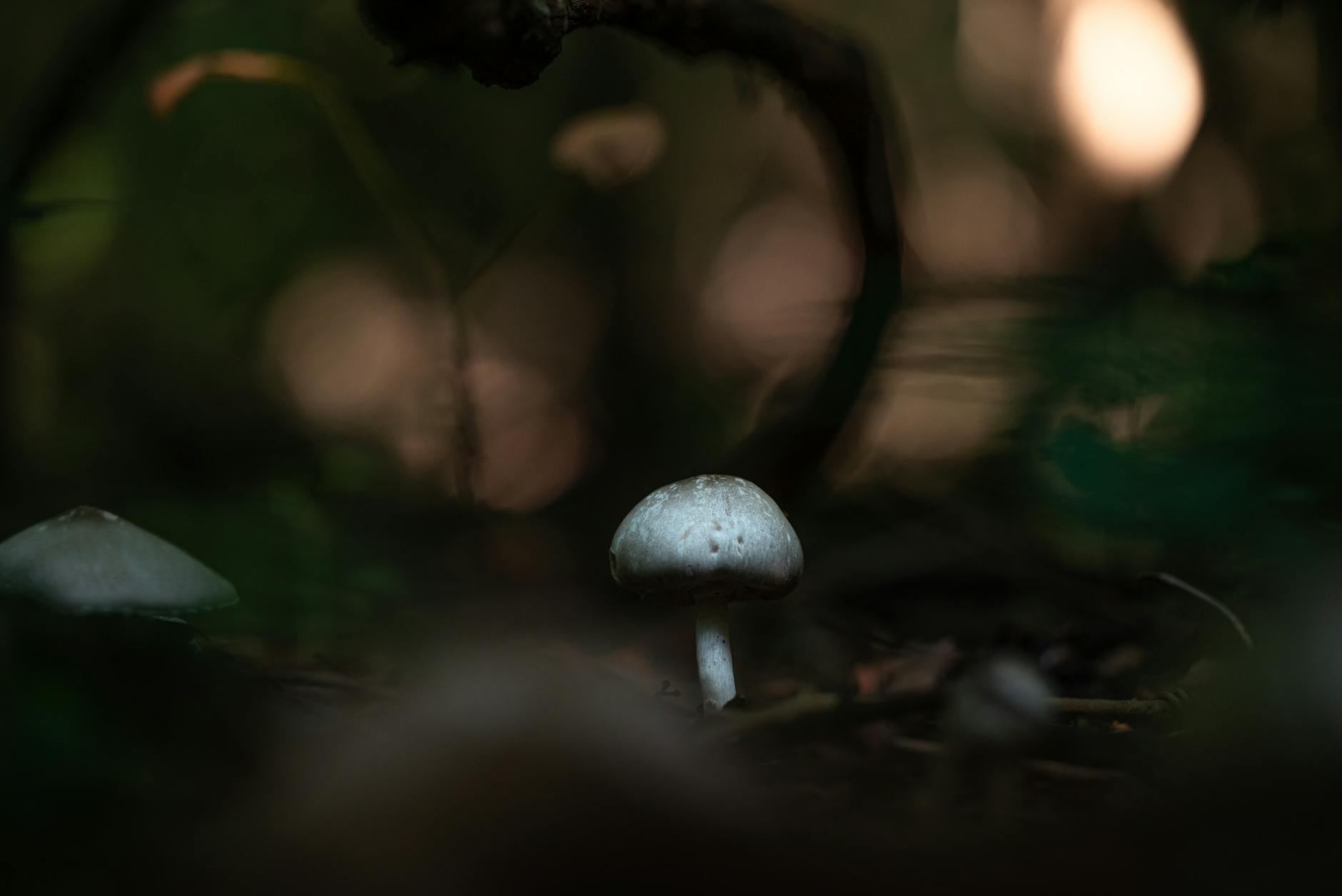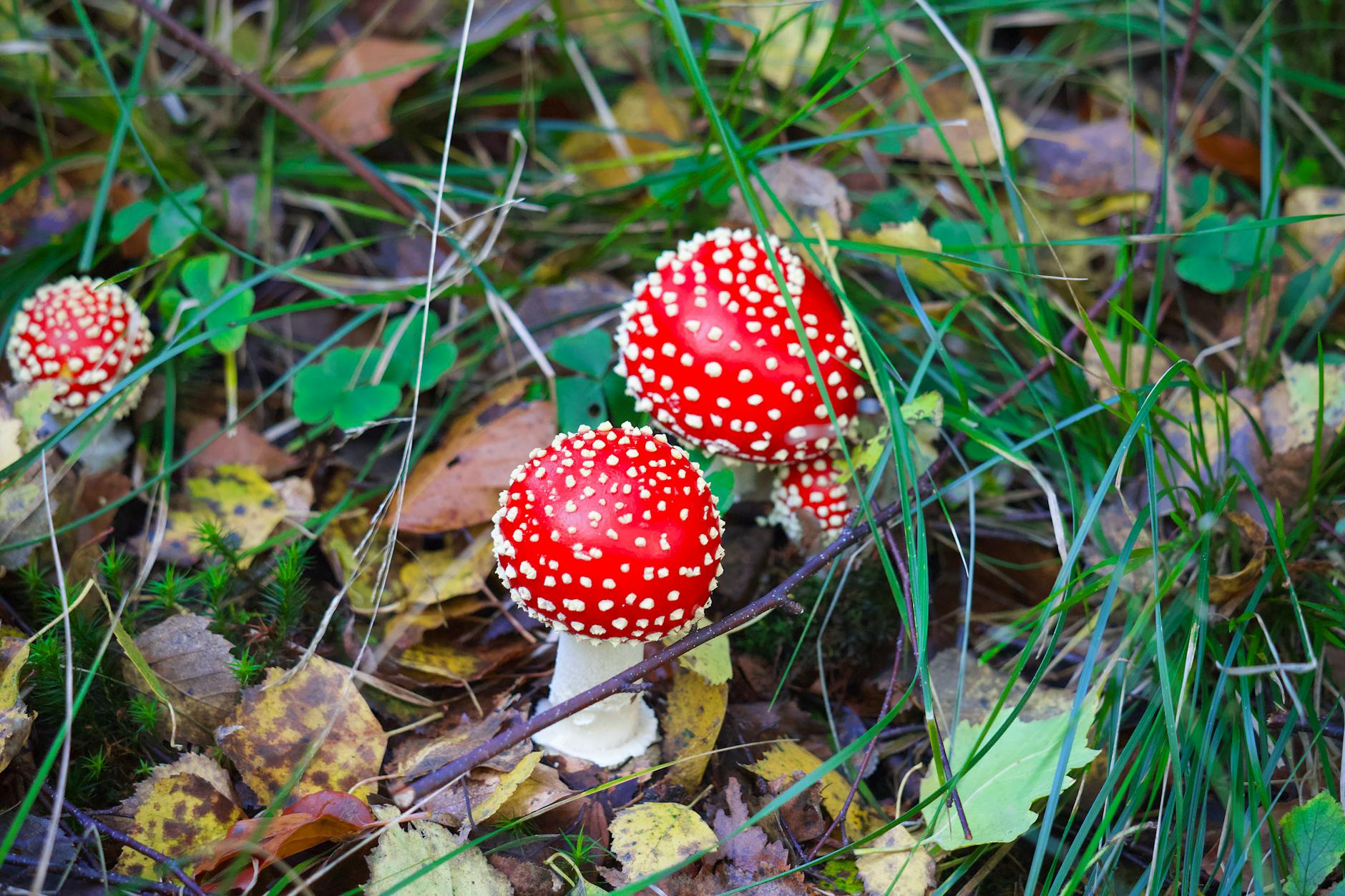Foraging: Essential Guide to Avoiding Toxic Mushrooms
Foraging for wild mushrooms can be a rewarding and enjoyable experience, allowing you to connect with nature and discover unique flavors. However, it is crucial to be aware of the potential dangers associated with mushroom foraging, particularly the risk of consuming toxic mushrooms. In this essential guide, we will explore how to safely enjoy the practice of foraging while avoiding toxic mushrooms.
Understanding Mushroom Toxicity
Before embarking on a foraging adventure, it is essential to understand the basics of mushroom toxicity. Toxic mushrooms contain harmful compounds that can cause a range of symptoms, from mild gastrointestinal upset to organ failure and even death. Some toxic mushrooms closely resemble edible varieties, making accurate identification crucial for safe foraging.
Identifying Edible Mushrooms
One of the most important steps in avoiding toxic mushrooms is learning to identify safe and edible species. Begin by familiarizing yourself with a few easy-to-recognize edible mushrooms, such as morel, chanterelle, or oyster mushrooms. Focus on key characteristics, such as cap shape, color, gills, and stem structure, to distinguish between edible and toxic varieties.
Research and Education
To enhance your foraging skills and minimize the risk of consuming toxic mushrooms, invest time in research and education. Consult field guides, join mushroom foraging groups or clubs, and attend workshops or guided forays led by experienced foragers. Learning from seasoned experts can help you develop a trained eye for identifying mushrooms accurately.
Mushroom Safety Rules
Follow essential safety rules to stay safe while foraging for mushrooms. Always carry a reliable field guide and mushroom identification tools, such as a magnifying lens and a sharp knife. Avoid consuming any mushroom unless you are 100% certain of its identity, and never rely solely on visual cues to determine edibility. When in doubt, err on the side of caution and discard any mushrooms you are unsure about.
Consulting with Experts
If you are unsure about the identification of a mushroom, seek guidance from experts or mycologists. Many regions have mycological societies or experts who can help you identify mushrooms accurately. Take photos of the mushroom from multiple angles and note its habitat, scent, and any other relevant details to assist in the identification process.
Common Toxic Mushrooms to Avoid
While there are thousands of mushroom species, some toxic varieties are commonly encountered and should be avoided at all costs. Examples of toxic mushrooms include the death cap (Amanita phalloides), the destroying angel (Amanita bisporigera), and the deadly galerina (Galerina marginata). Familiarize yourself with these toxic species and exercise caution when foraging in areas where they may grow.
Conclusion
Foraging for wild mushrooms can be a delightful and enriching experience, but it is essential to prioritize safety and understanding in order to avoid toxic mushrooms. By enhancing your knowledge of mushroom identification, seeking guidance from experts, and following safety guidelines, you can safely enjoy the wonders of foraging while minimizing the risk of consuming harmful mushrooms. Remember, when in doubt, it’s always better to be cautious and refrain from consuming any mushroom that you are not completely certain is safe. Happy foraging!


